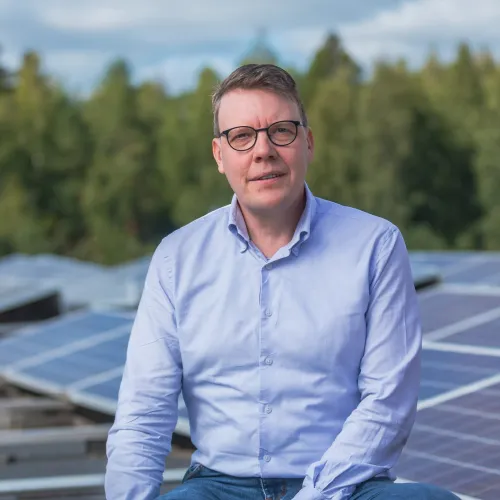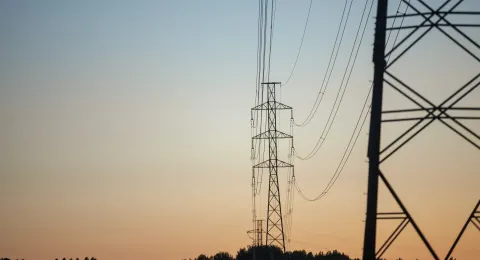Digital infrastructure
The hydrogen simulation infrastructure, a part of LUT P2X infrastructure, offers modelling tools from single cells to off-grid hydrogen production systems. Special attention is paid on modelling dynamic behavior caused either by power generation fluctuation or impaired power quality and stray currents decreasing the current efficiency of alkaline electrolyzers.
Cell level methods include analytical models for static and dynamic behavior implemented in MATLAB. Numerical models in COMSOL Multiphysics combine computational fluid dynamics with electrochemical models.
Stray current models combining MATLAB code to SPICE circuit simulation enable studying the current efficiency of alkaline water electrolyzer stacks and systems with multiple stacks connected in series.
Electrolyzer plant level models enable dynamic simulation of energy and mass balances of alkaline and PEM systems in MATLAB Simulink environment.
System level MATLAB models enable optimizing component dimensions and control system of hydrogen production system covering renewable electricity production, energy storage, electrolyzer plant, and hydrogen storage.
Laboratory infrastructure
The hydrogen laboratory infrastructure supports comprehensive testing of water electrolysis cells, stacks, and systems. It provides facilities for experimental studies aimed at reducing the cost of green hydrogen production through advanced system control and optimization. While the laboratory primarily focuses on research into alkaline water electrolysis, it also offers testing capabilities for PEM electrolysis.
The power quality test stations are designed to measure the impact of power quality on the specific energy consumption of water electrolyzers, including cells and short stacks, with power capacities of up to 1 kW. These test stations are equipped with a power supply system capable of superimposing AC harmonics onto DC up to 140 A peak current, with frequencies reaching up to 10 kHz. High-accuracy power analyzers are used for precise measurement of electric power, including current and voltage waveform recording. Hydrogen and oxygen production rates are measured with thermal mass flow meters, while gas purity can be analyzed using either a thermal conductivity detector or a mass spectrometer.
The role of stray currents becomes increasingly significant as the voltage of alkaline electrolyzers is raised to reduce the required current and, consequently, the cost of the power supply system. In addition to conventional measurements of hydrogen flow rate and electrical energy consumption, the laboratory features a specialized test environment for stray current analysis. This system enables direct measurement of both stray and effective currents between individual cells in specialized stacks with up to 12 cells connected in series. Moreover, the impact of stray currents on the internal current density distribution within the cells can also be assessed.
Dynamic operation of electrolyzers, whether due to poor power quality or fluctuations in renewable electricity production, can lead to premature degradation of electrolyzer cells. The degradation test stations provide a fully automated environment for long-term testing of alkaline and PEM cells or short stacks under dynamic operating conditions. These stations enable testing of multiple cells, each powered by independent power supplies, while sharing a common electrolyte circulation system.
The alkaline water electrolysis laboratory provides facilities for testing alkaline stacks at industrial current and voltage levels, with power capacities of up to 50 kW. A high-voltage alkaline test station is available for evaluating alkaline systems using either laboratory-grade or industrial converters, with voltages reaching up to 1500 V with multiple stacks connected in series.
Contact info

Pertti Kauranen


Antti Kosonen


